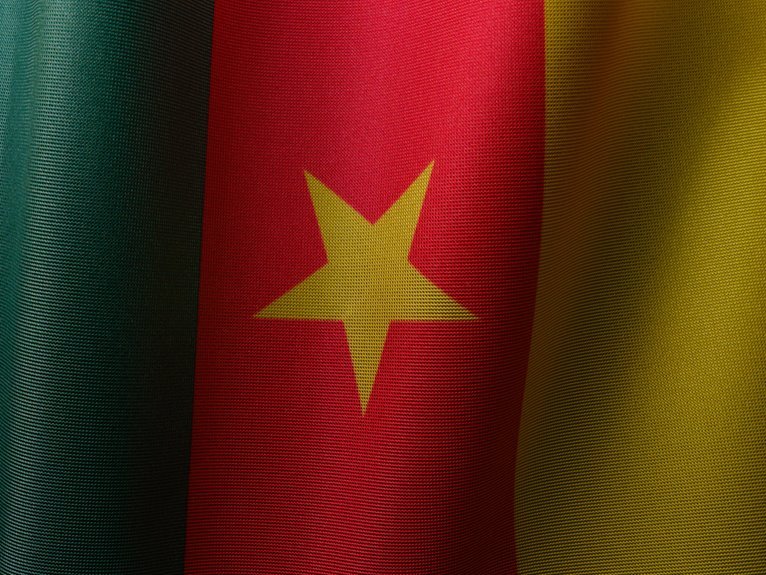
Chile Flag : Meaning, Colors, and History Explained
The Chilean flag, established in 1817, is more than a mere symbol; it encapsulates the nation's historical journey and ideological values. Each color carries specific meanings—blue for freedom, white for peace, and red for the sacrifice of independence. Understanding its origins and evolution reveals deeper insights into Chile's national identity. However, the flag's significance extends beyond mere representation, prompting further examination of its role in contemporary society.
The Origins of the Chilean Flag
Although the Chilean flag was officially adopted in 1817, its origins are deeply rooted in the country's struggle for independence and its historical context.
The flag design embodies national symbolism, reflecting the aspirations for sovereignty and unity among Chileans.
The incorporation of elements from earlier revolutionary banners signifies a collective identity forged through conflict, ultimately representing the pursuit of freedom and self-determination.
Significance of the Colors
The colors of the Chilean flag—blue, white, and red—carry profound significance that reflects the nation's identity and values.
Blue symbolizes the sky and ocean, embodying freedom and opportunity.
White represents peace and the snow-capped Andes, while red signifies the blood shed for independence.
Collectively, this color symbolism illustrates the cultural significance of unity and resilience in the Chilean spirit.
Historical Changes and Evolution
As Chilean society evolved through various political and social transformations, the flag also underwent significant changes, reflecting the nation's journey towards independence and identity.
Historical symbolism played a crucial role in these flag redesigns, as each iteration encapsulated the aspirations and struggles of the Chilean people.
The flag's evolution mirrors the broader narrative of Chile's quest for freedom and self-determination.
The Chilean Flag in Modern Context
While the Chilean flag retains its historical significance, its role in contemporary society has evolved to encompass a broader spectrum of national identity and cultural representation.
It now serves as a powerful symbol of unity and pride among diverse groups, reflecting the nation's journey towards inclusivity.
The flag embodies cultural symbolism that fosters dialogue about Chile's past, present, and aspirations for the future.
Conclusion
In the tapestry of Chilean history, the flag emerges as a vibrant thread, weaving together the collective aspirations and sacrifices of a nation. Its colors, like brushstrokes on a canvas, tell tales of freedom, peace, and resilience. As Chile stands steadfast in the modern world, the flag continues to flutter proudly, a beacon of unity and cultural identity that transcends generations, reminding its people of their shared journey and the enduring spirit of independence that binds them together.




